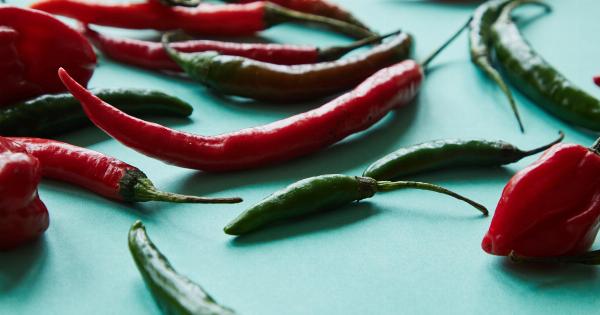Over the years, numerous diets have been introduced as a means for people to live a healthy life and maintain weight. The low glycemic index (GI) diet is one of the most popular and efficient diets adopted by many.
It’s a diet plan that focuses on food that doesn’t raise blood sugar levels quickly, thereby helping to reduce the risk of certain diseases such as diabetes and obesity.
What is a Low Glycemic Index Diet?
A low glycemic index diet plan is essentially a meal plan that contains food low in GI values. GI values refer to the ranking scale of foods and how they influence blood sugar levels.
Foods with a high glycemic index (GI) cause a rapid increase in blood sugar levels, while foods with a low GI cause a slower rise in blood sugar levels.
The theory behind low GI diets is that foods that cause blood sugar to rise slowly help control appetite and prevent insulin resistance and other diseases such as type 2 diabetes, cardiovascular diseases, and obesity.
Foods with a high GI may result in hunger and increased calorie intake after consumption, leading to weight gain and the development of various diseases.
The Benefits of Low Glycemic Index Diets
Low GI diets have been proven to have several benefits, including:.
1. Improved Blood Sugar Control
A low GI diet promotes stable blood sugar levels and reduces the risk of blood sugar spikes and crashes that lead to diabetes.
Moreover, low GI food promotes a gradual release of glucose into the bloodstream, eliminating the risk of rapid insulin production in the body.
2. Weight Management
Adopting a low GI diet can help with weight loss since low GI foods are digested and absorbed more slowly and therefore help to control appetite.
Eating these foods helps people to feel fuller for longer and thus to consume fewer calories throughout the day. Low GI foods also help to reduce sugar cravings that lead to weight gain.
3. Cardiovascular Disease Prevention
A low GI diet may help reduce the risk of heart diseases. High GI foods increase inflammation and oxidative stress, leading to a greater risk of heart disease.
A diet low in GI values helps to reduce the cholesterol levels that lead to heart diseases, and this is one of the benefits that a low GI diet may offer.
4. Reduced Cancer Risk
Low glycemic index diets may help prevent some forms of cancer.
High GI diets, consisting of refined carbohydrates and sugars, have been linked to several types of cancer, and adopting a low GI diet may, therefore, reduce the risk of developing certain types of cancer.
Examples of Low Glycemic Index Diets
A low GI diet typically emphasizes the following foods:.
1. Fruits
Examples of low GI fruits include apples, pears, cherries, and grapefruit.
2. Vegetables
Examples of low GI vegetables include broccoli, cauliflower, asparagus, and green beans.
3. Legumes and Beans
Examples of low GI legumes and beans include chickpeas, lentils, and kidney beans.
4. Whole Grains
Examples of low GI whole grains include quinoa, brown rice, and whole-grain rye bread.
5. Lean Protein
Examples of low GI proteins include fish, poultry, and lean meats.
What to Avoid on a Low Glycemic Index Diet
Low GI diets require that you cut down or avoid high GI foods. These foods include:.
1. Refined Grains and Sugars
Examples of high GI refined grains and sugars include white rice, pasta, and white bread, as well as sodas and sweets.
2. Processed Foods
Refined and processed foods such as cookies, crackers, and chips would need to be avoided or limited significantly.
3. High-Fat Foods
Fatty meats, fried foods, and other high-fat foods, are also to be avoided or limited significantly as they contribute to other health problems even if their GI values are low.
Conclusion
A low glycemic index diet emphasizes the consumption of low GI foods and avoiding or limiting high GI foods. With the numerous health benefits associated with low GI diets, they are quickly becoming the future of eating.
Adopting a low GI diet plan could promote better blood sugar control, weight management, as well as offer protection against diseases such as type 2 diabetes, obesity, cancer, and cardiovascular diseases.
Low glycemic index diets are quickly becoming the future of eating. This diet plan emphasizes the consumption of low GI foods and avoiding or limiting high GI foods.
Adopting a low GI diet could promote better blood sugar control, weight management, and offer protection against various diseases.




























